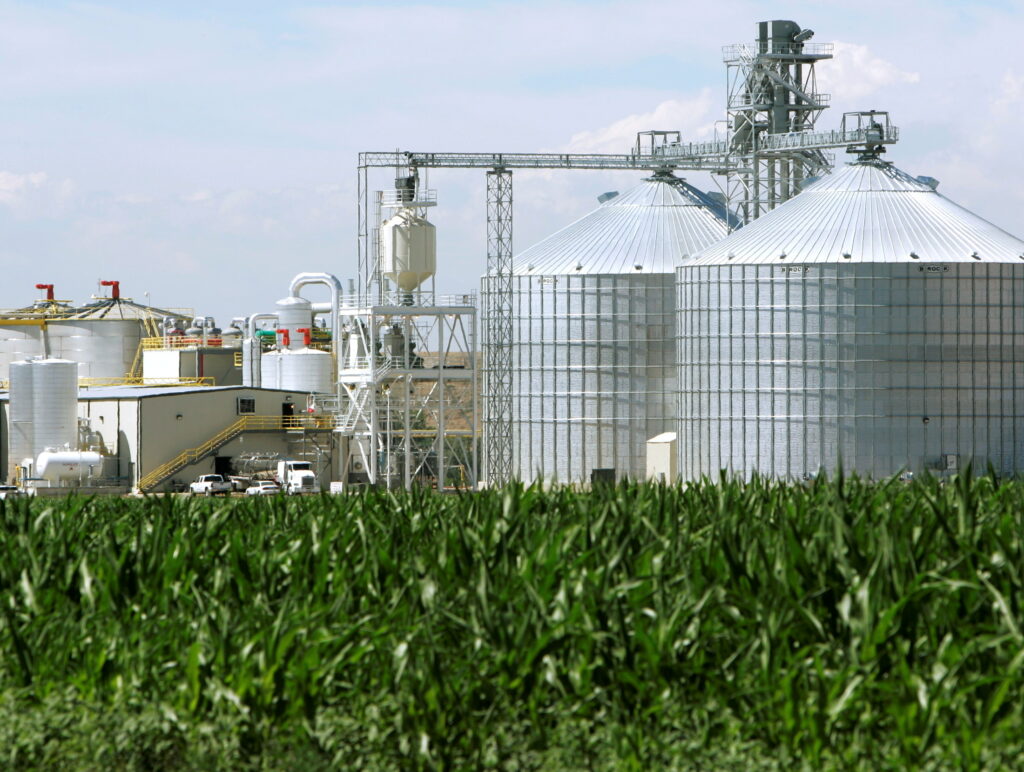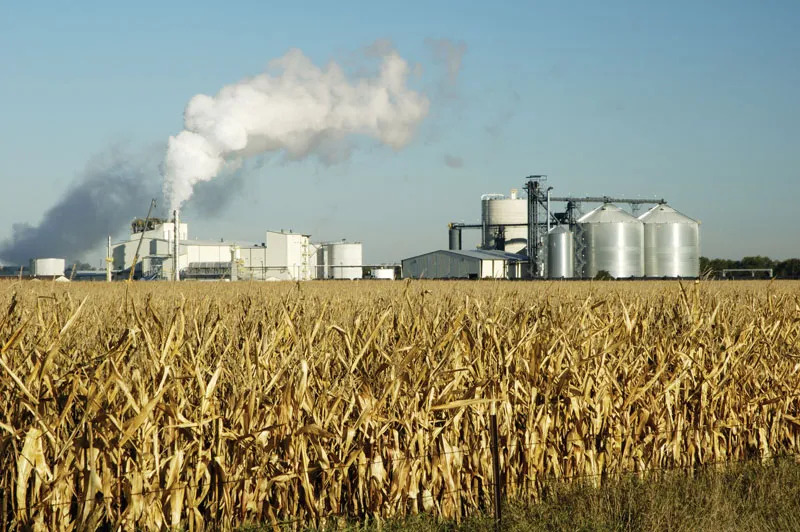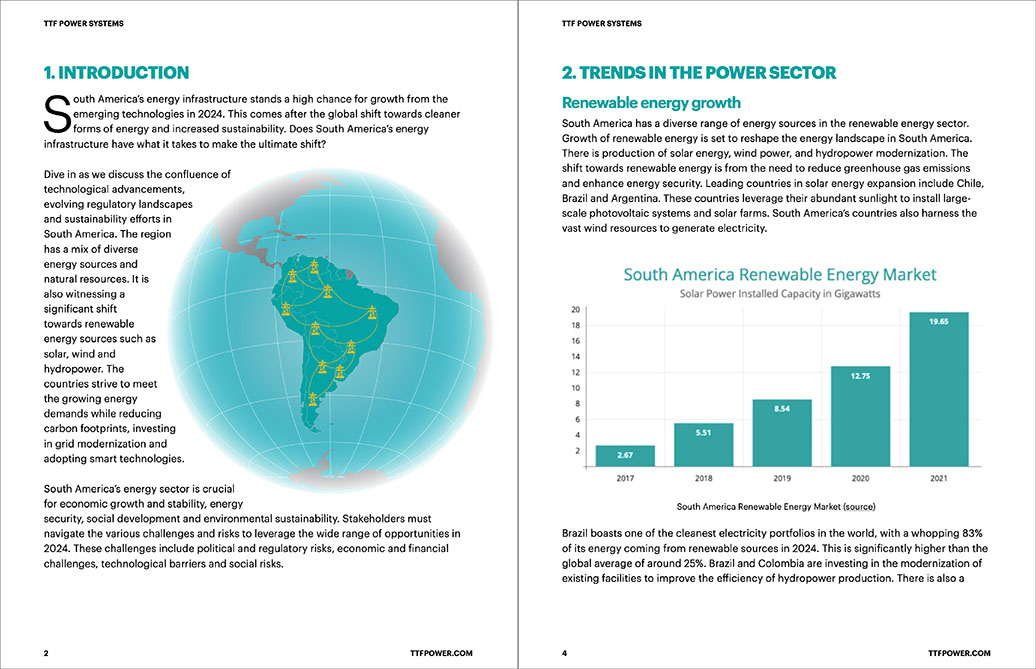
South America has a great potential for biofuel production due to its vast agricultural lands and climatic conditions. The availability of plant material or animal waste enables the production of biofuels. This leads to environmental and economic impacts. Biofuels go through processes depending on the type of biofuels used. They either undergo fermentation or transesterification. Countries like Brazil, Argentina and Colombia have great potential for biofuels as major agricultural producers. This contributes to energy security, economic growth and environmental sustainability. Biofuels also attract investments and collaboration between companies and private sectors. For instance, Evonik, a specialty chemical company, is set to increase sodium methylate production at its plant in Argentina. This will help increase biodiesel productivity and reduce production costs across the region.
Types of biofuels used in South America
There are several biofuels derived from various feedstocks available in the region. Each of South American countries focus on various types of biofuels. This is depending on their agricultural strengths and energy needs. A spiral vibration damper is a device used to mitigate and reduce the amplitude of vibrations on conductors. The following are the main types of biofuels in South America.

- Bioethanol – this is the most widely produced biofuel with Brazil being the global leader in ethanol production. It serves as a fuel for vehicles and can blend with gasoline to reduce carbon emissions. Bioethanol blends in proportions such as E10 (10%ethanol) and E85 (85% ethanol). Feedstocks for bioethanol include sugarcane and maize.
- Biodiesel – this is the second common biofuel in South America used as a substitute for diesel fuel. It is mainly produced from vegetable oils and animal fats. Other feedstocks include soybean oil, palm oil and animal fats. It blends with petroleum diesel with blends like 5% biodiesel and 20% biodiesel. It serves in transportation, agriculture and industry.
- Second-generation biofuels – these are biofuels produced from non-food feedstocks. This is including agricultural residues, waste materials and dedicated energy crops. These biofuels provide the benefit of being more sustainable and less reliant on food crops.
- Biogas – this is mainly produced through anaerobic digestion of organic materials. These materials include agricultural waste, manure and food waste. Biogas can serve in electricity generation, heating and transportation fuel in form of compressed natural gas.
- Bio-jet fuel – this is still in the early development in South America which aims to reduce the carbon footprint of the industry. Feedstocks for this biofuel includes Jatropha and Camelina.
Challenges facing use of biofuels in South America
Biofuels have the opportunity for sustainable energy development but they also face several challenges. Companies such as Evonik and others should address these challenges to ensure biofuels contribute to the region’s energy mix. The spiral vibration damper is from materials such as aluminum-clad steel or a similar alloy. Common challenges include land use, environmental concerns, economic challenges and technological barriers. They also face policy and regulatory challenges, social impacts and international competition.
Benefits of the fuels in South America
Use of biofuels in South America provides several benefits in energy security, economic development and environmental sustainability. The region could achieve this by leverage its agricultural resources and investing in sustainable practices. Such efforts can help continue to grow the biofuel industry and contribute to a greener future in the region. The following are the benefits of using biofuels in South America’s energy infrastructure.

- Energy security – biofuels provide an alternative to fossil fuels which helps reduce dependence on imported oil and gas. The integration can increase diversification and strengthens energy resilience to ensure a reliable energy supply.
- Economic growth and job creation – biofuel production can fuel growth in the agricultural sector. This is by creating demand for biofuel feedstocks like sugarcane, soybeans and maize. Biofuel industry generates employment opportunities across the supply chain. This is from farming and processing to distribution and retail. Brazil and Argentina are major exporters of biofuels which contributes to the region’s trade balance.
- Environmental sustainability – the fuels produce lower greenhouse emissions than traditional fossil fuels. Using biofuels in transportation can help South American countries to meet their climate goals under commitments like Paris Agreement.
- Technological innovation and development – the demand for biofuels drives innovation in agricultural practices. This can position South America as a leader in advanced biofuel technologies.
- Energy access – biofuel provides a decentralized and renewable energy source to support rural electrification. This helps to improve the living standards and enabling economic activities.